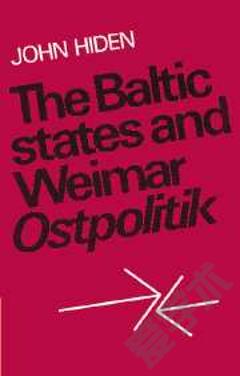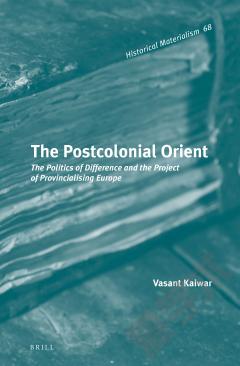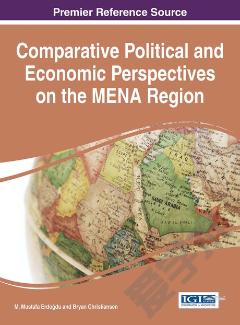Continuity and Change in the Baltic Sea Region —— Comparing Foreign Policies
----- 波罗的海地区的连续性和变化:外交政策比较
Continuity and Change in the Baltic Sea Region uncovers the Baltic States’ foreign policy transition from Socialist Republics to EU member-states. Situated between the Russian Federation and Northern Europe, Estonia, Latvia and Lithuania have had to manoeuvre within an often delicate sub-region. Since independence, the foreign policies of the Baltic States have been dominated by de-Sovietization and European integration. Lying at the crossroads between small state theory and identity politics, this analysis engages with the development of Baltic foreign policies as post-Soviet, small and transitioning states.
The authors argue that Estonia, Latvia and Lithuania dictated their early foreign policy agendas based on a process of identity construction and as a response to their regional environment. This process took the Baltic States from East to West in their foreign policy aspirations. Key factors in foreign policy making and implementation are discussed, as well as external factors that shaped Baltic foreign policy agendas. Overall, the book illustrates how continuity and change in the Baltic foreign policies has been shaped by both ‘hard’ and ‘soft’ factors. It is a study in the foreign policies of transitioning states and in this regard illuminates a much larger research area beyond its geographic focus.
{{comment.content}}








 京公网安备 11010802027623号
京公网安备 11010802027623号